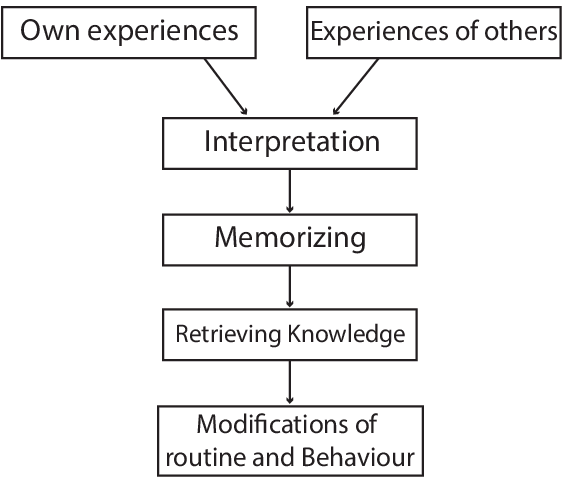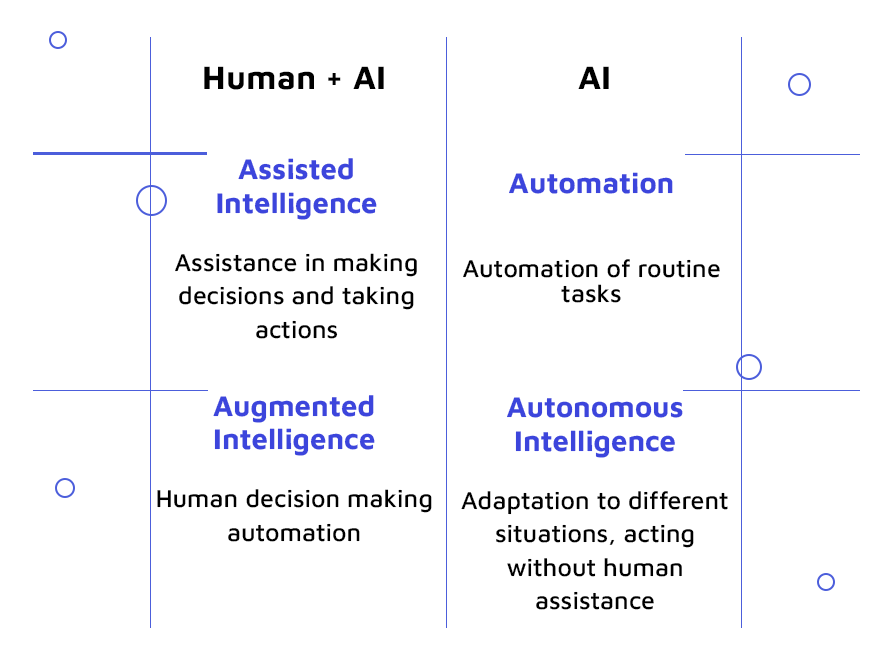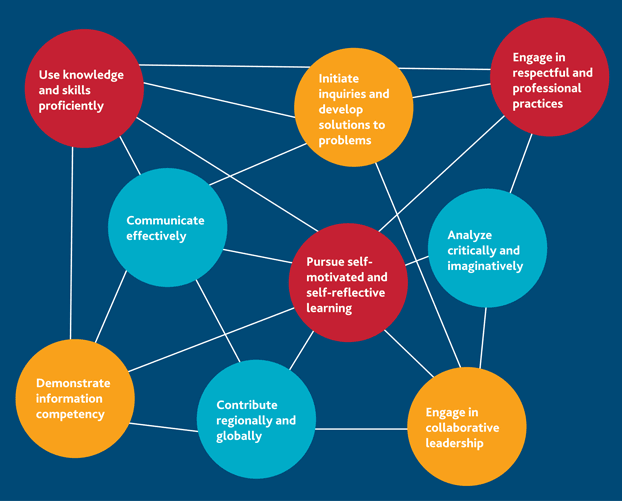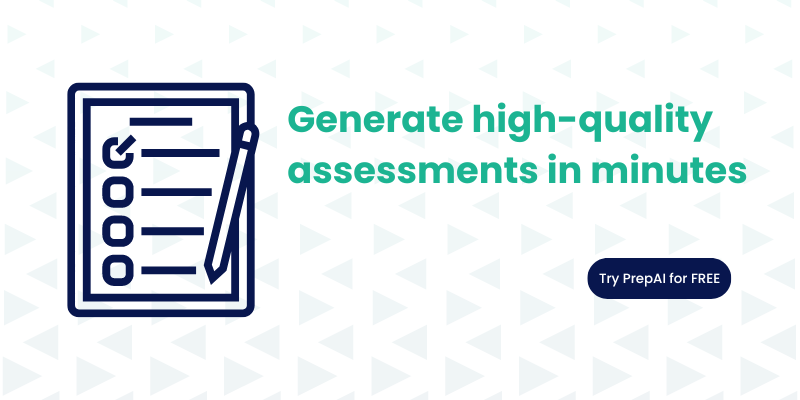A recent feature on Forbes talked about how artificial intelligence or AI can never replace humans by outlining the fact that it is a technology that is here to make you more valuable. While there have been consistent debates in the online fraternity regarding the extent to which AI can disrupt the employment world as we know it, the results point in the same direction.
There are still decades to be covered, as far as the complete takeover of basic human jobs is considered. This is because humans are strides ahead of AI and ML when it comes to emotional perceptions, and understanding of different figures of speech, such as sarcasm, humor, sadness, etc.
And, even if AI and ML-powered robots can understand the overall tone of speech, they lack the empathy and distinctly human touch when it comes to relationships, and impeccable grasp over the sentiments.
This is one crucial basis that makes it impossible for AI to replace humans as teachers!
Here, we explore the subject matter at length and discuss various characteristics that make humans better than AI when it comes to teaching.
Let us begin by exploring the essence of teaching.
Humans as Teachers: The Entire Essence
Teaching is a one-on-one and many-to-one relationship that works in many unique ways. Not only does a teacher impart worldly knowledge to the students, but they also learn from them. Teachers and students form a symbiotic and synergistic ecosystem that helps in the mutual enhancement of knowledge (various flavors).
Further, what makes humanized teaching so special, is the fact that teaching happens outside the classrooms as well. It happens throughout life, and that too in various forms, such as visual learning, learning by listening, by doing things, life experiences, etc. Also, learning varies from one person to another depending on their perceptions, abilities, and preferences.
Take a look at the various sources of humanized learning in the following image:
This is why humanized learning differs from controlled, or uncontrolled learning models in ML and AI systems because learning in humans is unique for every single individual.
Humans as teachers have three distinct characteristics that add to the entire essence of teaching, and we discuss them below.
1. Teaching Is About Relationships
An AI might be able to replicate some aspects of a teacher-student relationship. Still, it will never fully replicate the warmth, empathy, and connection that comes from real human interaction.
2. Teachers Are Constantly Evolving
They are always learning new things and experimenting with new methods in the classroom. No machine could ever duplicate the nimbleness and creativity of a good teacher.
3. Teaching Is About Human Connection
One of the most powerful aspects of teaching is the relationship between teacher and student. This connection is what helps students learn, grow, and feel supported in their education. An AI can never replace that.
Now that we have established the premise, let us move on to discuss the pointers to support it and help you understand why AI can never replace human teachers.
Artificial Intelligence vs Human Teachers: Can AI Replace Teachers?
Through this blog, we aim to help understand the role of teachers, and how an AI could potentially assist them in their teaching. We also hope to answer any questions or concerns readers might have about AI and its impact on education.
The fear that artificial intelligence will one day replace teachers is understandable but unfounded. There are several reasons why AI will never be able to completely replace a human teacher.
Below, we share an image that shows the various characteristics of human plus AI and AI-based teaching:
We also hope that you will also agree on how AI could play an important part in revolutionizing today’s teaching methods.
1. Teachers Play a Vital Role in the Education
Teachers help students realize their uniqueness, which helps to encourage creativity and develop problem-solving skills. They help foster a love of learning and provide support and guidance as students grow and develop. They are also responsible for preparing students to enter the future workforce or pursue further education based on their interests.
On the other hand, AI has already started to play a role in the education sector by helping to personalize learning for each student. It can also provide students with objective and responsive feedback on their work, which helps them to improve their learning skills.
However, an AI has its limitations in interpreting and responding to the non-verbal cues that teachers often use in the classroom. There are other essential aspects of teaching that AI will never be able to replicate. Teachers also provide valuable life skills lessons, such as dealing with disappointment or failure.
Teachers are constantly evolving, learning new things, and experimenting with new methods in the classroom. An AI might be used to assist in teacher development by giving feedback based on previously fed criteria and proposing new teaching methods.
2. Institutional Learning Is a Mutually Supportive Ecosystem
When we talk about teaching, we must understand and accept one fact – teaching is not a one-person job. As mentioned earlier, teaching and learning come in various forms, from various people, and in various flavors.
When students go to a school, they learn and perceive from the actions of others as well – their peers, teachers (that might not even teach their class), the staff members, and the overall educational infrastructure an institution offers.
Such institutional settings are not only important but crucial for the holistic learning of students, as they lead to value-added education, as shown below:
Let us try to understand this with the help of an example.
Kyle is a pre-schooler who is home-schooled with state-of-the-art AI teaching solutions. He has access to some of the most awesome educational materials and is going well. Seeing his performance in various online tests and assessments, his parents think about continuing homeschooling without the aid of a teacher.
Now, after 3 or 4 years, they think it’s time for him to learn in the real-life education system. Kyle goes to the school and witnesses a whole new world out there. There are many things to remember, such as names of his peers, teachers, departments, routes to different sections of his school, rules, etc.
Now, his learning is not only about the books, numbers, or rules of grammar. He is learning sports, teamwork, respecting the space, privacy, and opinions of other people around him. He is now realizing that learning and education are so much more than simply completing sheets after sheets of work and interactive activities.
This is just a small glimpse of how institutional learning can contribute to the wiring of our brains and
As AI alone cannot equip the students with such a comprehensive and holistic ecosystem on its own, it can never completely replace humanized teaching.
3. AI Cannot Provide the Holistic Emotional Connect
This connection is what helps students learn, grow, and feel supported in their education. AI can never replace the emotional support that teachers provide. Teachers are lifelong learners who continue to learn and grow throughout their careers. They are constantly adapting to new situations and the needs of their students.
AI can’t provide the same level of support that teachers can. In addition, teachers are passionate about education and helping students learn. They don’t just see it as a job — they see it as a calling; they see it as their purpose. And that’s something that AI will never be able to understand.
Teachers understand that to transfer the knowledge they want to impart to students, they must create a conducive environment for limitless learning.
4. Teachers Can Adapt and Change Their Teaching Methods
Teachers can adapt and change their teaching methods to meet the needs of an individual student. They understand that one student is different from another. One understands a subject better than the other and has its own ways of absorbing knowledge.
Teachers can provide a personalized learning experience depending on each student’s capacity and find a way for them to excel in a subject. Teachers are also able to connect with their students on a personal level, which helps them learn and blossom.
Teachers provide essential life skills to their students, such as working collaboratively and thinking critically. They help to instill values in their students and prepare them for the future.
While we have been discussing the things AI cannot impart as a teacher, let us move on to find how technology can help students and teachers enjoy an enhanced learning experience.
Artificial Intelligence – An Enabler That Augments Teaching and Learning
While AI can’t provide a holistic learning experience, teachers can definitely enhance the quality of education with its functionalities. For example, an AI-based educational software can help identify areas where a student is struggling and needs help. These solutions can answer a teachers’ doubts when it comes to choosing the most effective teaching plans or strategies.
Currently, AI is finding application in multiple other areas of education, such as evaluation, teaching with different approaches, testing, personalized learning, virtual learning, etc.
One such example is PrepAI, which helps teachers in generating fair, bias-free, and unique questions in various formats and from multiple sources. The software helps teachers create MCQs, fill-ups, descriptive questions, and true/false questions of easy, medium and hard difficulty, in an effortless manner.
Such smart and powerful solutions can definitely help both teachers and students in identifying and filling the gaps in learning. While AI can’t fully replace teachers, it may be the catalyst for a new era in which both teachers and machines collaborate to create a beneficial learning environment that benefits students in every way.
So, would AI replace teachers – NO. But it will definitely disrupt the education and learning sectors and would emerge as one of the best enablers for augmented learning and teaching.







